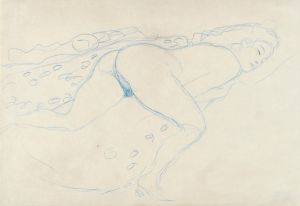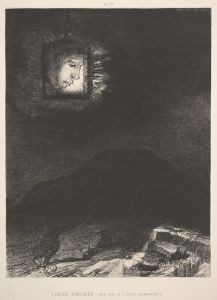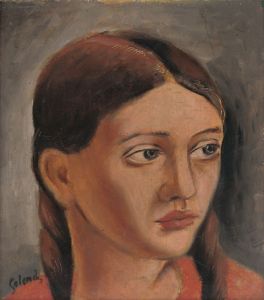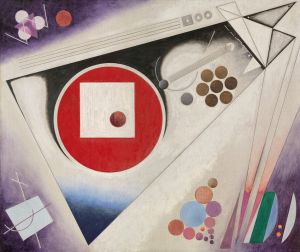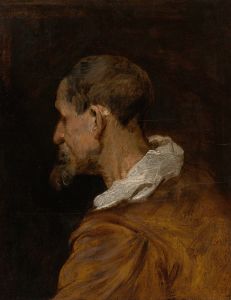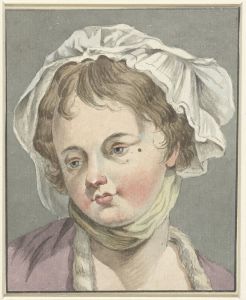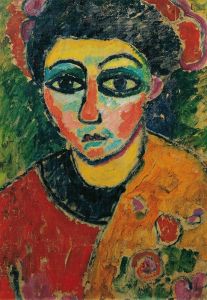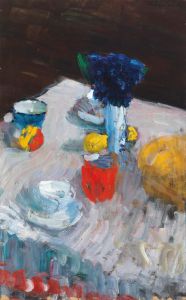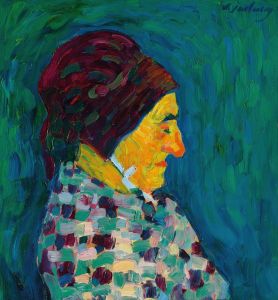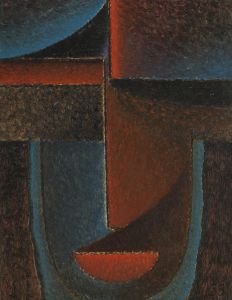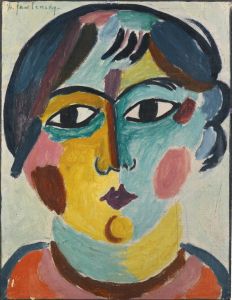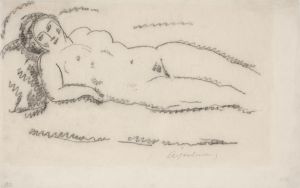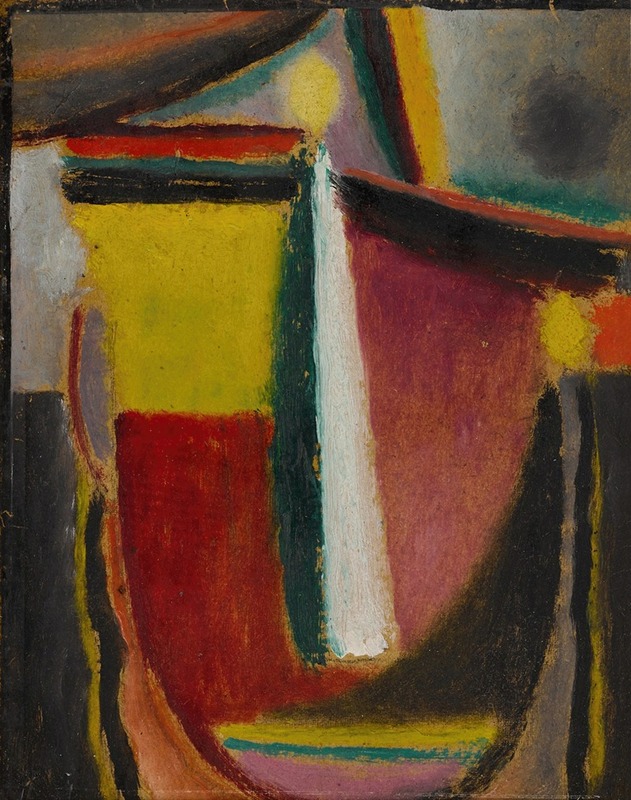
Abstrakter Kopf
A hand-painted replica of Alexej von Jawlensky’s masterpiece Abstrakter Kopf, meticulously crafted by professional artists to capture the true essence of the original. Each piece is created with museum-quality canvas and rare mineral pigments, carefully painted by experienced artists with delicate brushstrokes and rich, layered colors to perfectly recreate the texture of the original artwork. Unlike machine-printed reproductions, this hand-painted version brings the painting to life, infused with the artist’s emotions and skill in every stroke. Whether for personal collection or home decoration, it instantly elevates the artistic atmosphere of any space.
Alexej von Jawlensky's Abstrakter Kopf (Abstract Head) is a notable work within the artist's later career, exemplifying his mature style that blends abstraction with spiritual expression. Jawlensky, a Russian-born painter who became a key figure in the German Expressionist movement, created the Abstrakter Kopf series during the 1920s and 1930s. These works are characterized by their simplified, geometric forms and vibrant use of color, reflecting the artist's interest in exploring the spiritual essence of human faces.
The Abstrakter Kopf series emerged during a period of personal and professional transformation for Jawlensky. After World War I, he settled in Wiesbaden, Germany, where he began to focus on creating meditative and introspective works. The Abstrakter Kopf paintings are often seen as a continuation of his earlier Meditations series, which also sought to convey inner spirituality through abstracted forms. In these works, Jawlensky reduced the human face to its essential elements—lines, shapes, and colors—while maintaining a sense of emotional depth and individuality.
Jawlensky's approach to abstraction was influenced by his exposure to various artistic movements, including Fauvism, Expressionism, and Russian icon painting. The Abstrakter Kopf series reflects his synthesis of these influences, as well as his belief in the spiritual power of art. By distilling the human face into a universal, almost archetypal form, Jawlensky aimed to transcend the physical and evoke a sense of the divine.
The paintings in the Abstrakter Kopf series typically feature a symmetrical composition, with bold, curving lines dividing the face into distinct sections. These sections are often filled with vibrant, contrasting colors, creating a dynamic interplay of form and hue. Despite their abstraction, the works retain a sense of humanity and individuality, inviting viewers to contemplate the inner life of the depicted figure.
Jawlensky's Abstrakter Kopf series has been widely recognized as a significant contribution to modern art. These works exemplify his ability to merge abstraction with emotional and spiritual resonance, making them a key part of his artistic legacy. Today, paintings from the series can be found in major museum collections around the world, including the Museum of Modern Art in New York and the Lenbachhaus in Munich.
This series represents Jawlensky's lifelong quest to express the ineffable through art, using the human face as a vessel for universal and spiritual themes.





